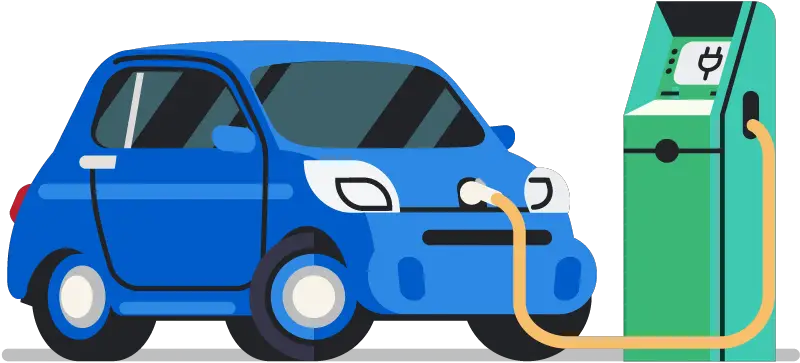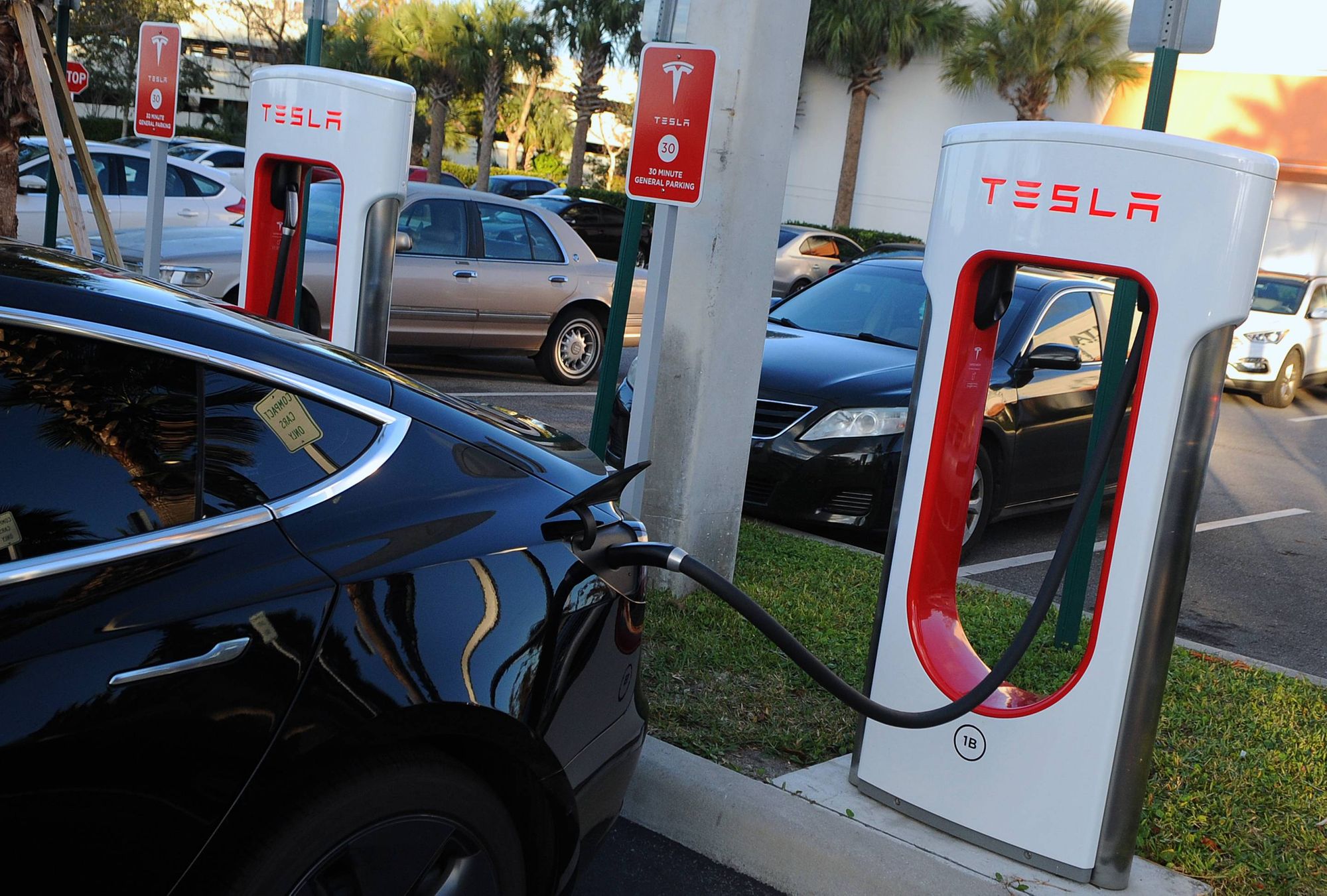Future of electric vehicles and Lithium-ion batteries.
To curb global warming, policymakers say we need to switch from gas-powered cars to clean driving, non-polluting electric vehicles. The majority of the automakers are planning to have electric vehicles by 2030


To curb global warming, policymakers say we need to switch from gas-powered cars to clean driving, non-polluting electric vehicles. The majority of the automakers are planning to have electric vehicles by 2030, however, there is one challenge on the road to electrification which is the lack of enough, sustainable and reliable batteries to power the vehicles.
In September 2020, during the Tesla battery day, Tesla officials said plans are underway to develop a cobalt free battery by 2030 that costs 56% less per kilowatt per hour tp produce. Lithium-ion batteries are the current front-runners for storing renewable energy but their components are expensive. Apart from Lithium, there are Zinc batteries that are easier on the wallet and the planet.
Zinc is a slivery, non-toxic, cheap, abundant metal. The non-rechargeable zinc batteries have been on the market for decades. Recently, zinc batteries have been commercialized but have limited energy storage capacity. Zinc requires complex valves, pumps, and tanks to operate. Researchers are trying to improve zinc-air cells.
According to Tesla CEO, Elon Musk, batteries are the key to our future, their developments led to the technical revolution that brought smartphones, tablets, and electric vehicles worldwide. Therefore, it is surprising that the science behind the lithium-ion batteries driving the modern world has remained essentially unchanged for more than three decades.
The prototypes of lithium-ion batteries appeared in the 1980s. Then the physicist John Goodenough suggested using lithium cobaltite in batteries. In 2019, he received the Nobel Prize for his idea.
A BloombergNEF study found that the average price of lithium-ion batteries fell from $688 to $137 per kilowatt-hour between 2013 and 2020. They predict that by 2023 prices will be close to $100 per kWh. The average price of batteries for electric vehicles (EV) was $126 per kWh. Thus, the cost of the battery pack in the total vehicle price dropped to 21 percent. By 2030, due to new technological advances, the cost of batteries can drop to $58 per kWh.
However, lithium-ion batteries have serious disadvantages. Among them are a high fire hazard, sensitivity to temperature differences, self-discharge, and aging. Another liability is that lithium-ion batteries used in electric vehicles contain hundreds of kilograms of metals and materials such as graphite, cobalt, and high-purity nickel. When mined and processed, it can cause significant pollution and increase carbon dioxide emissions.
Tesla and Volkswagen are also promising to cut cobalt use in the coming years. Last year(2020) Elon Musk held a special online presentation called Tesla Battery Day. He announced that Tesla would begin mass production of a new generation of batteries that will be much more powerful and durable than the current ones within three years and cost half the $25,000. Tesla's new 4680 battery pack will be six times more potent than its predecessors and five times more energy-efficient. Moreover, its size will be only 46x80 mm.
Lithium-ion batteries' severe flaws and shortcomings make it understandable for the excitation around radically new ways to develop solid-state batteries. The technology will use solid electrodes and a solid electrolyte instead of the liquid or polymer gel electrolytes found in lithium-ion batteries. Radically new technology promises to address many of these environmental and safety concerns.
In addition, this innovative generation power supply will store energy at a much higher density. Electrolytes also serve as a battery separator, a vital component of a lithium-ion battery, reducing the risk of fire and the number of raw materials needed.
The pursuit of shorter charging times and longer mileage without increasing the cost of battery packs and the risk of fire are the most striking improvement trends in modern batteries. Removing these limitations is key to making the battery revolution genuinely irreversible.
Several investments from OEMs such as Volkswagen, BMW Group, and Daimler have been made in solid-state technology and lithium-ion silicon technology companies which include Quantum scope, Solid Power, Enevate, and Sila Nanotechnologies. These investments highlight how important these investments will for future electric vehicles.
To strengthen the Li-ion battery you need to add silicon in small portions this will increase the density.
Between the year 2023-2025 experts say increasing the silicon in the battery to a point where developments will enable silicon dominant anodes. With this research, it is believed the increase of silicon would enable the density of up to 400 Wh/kg by 2025. Most vehicles using this technology will likely have to charge powers of 300 kW+.
Lithium-silicon and solid-state batteries are the future of EV batteries, this technology will improve the performance, hold more energy, and last longer at a lower cost. The addition of silicon alone over the next 7 years will grow the EV installed base from 8 million in 2019 to 40 million in 2025.
Aside from density, thermal management is critical in maintaining the safe operation of Lithium-ion batteries. The importance of good thermal management has been highlighted by the recent EV fires and call from Chinese government to improve the safety of the battery pack operation more so in public transport. Several stakeholders are pursuing air, liquid and refrigerant-cooled methods.
According to the research by the University of Texas, there are developments of lithium-ion that do not require cobalt for its cathode. Instead, it switched to a high percentage of nickel (89%) using manganese and aluminum, because cobalt is the least abundant and most expensive component in the battery cathode. Similarly, researchers from the University of Eastern Finland have come up with a method to produce hybrid anode using mesoporous silicon microparticles and carbon nanotubes. It aims to replace graphite as the anode in batteries and use silicon which is ten times the capacity. These hybrid materials improve the performance of the battery while the silicon material is sustainable.
Source:
Djoomart. O (2021) How the battery revolution will power our future
Dr Alex. H et all (2021) Lithium-ion batteries for electric vehicles 2021-2031




